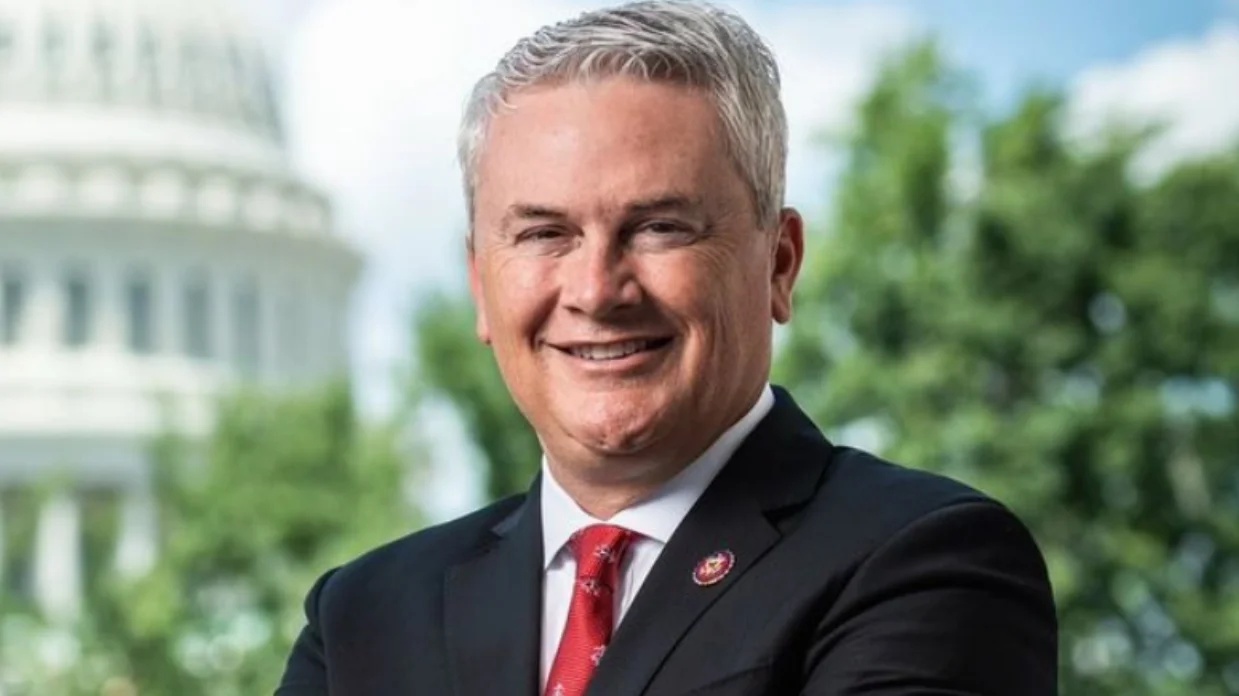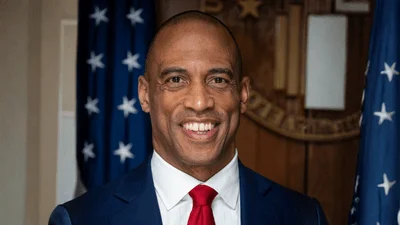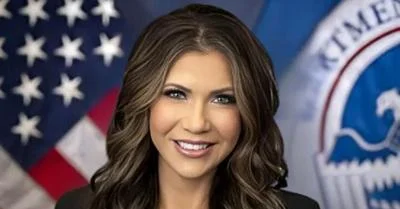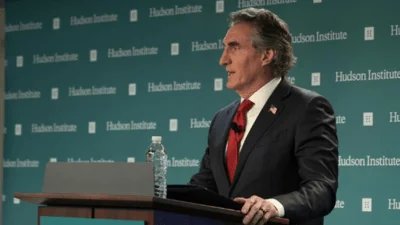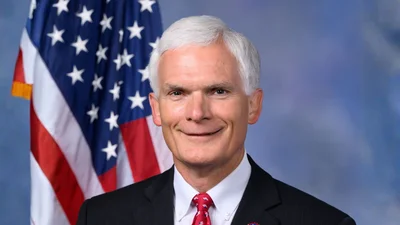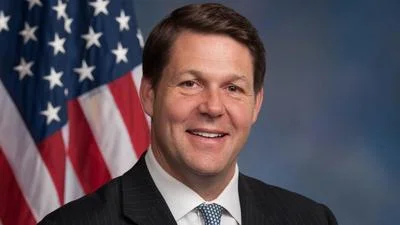The Task Force on the Declassification of Federal Secrets convened a hearing titled “Restoring Public Trust Through UAP Transparency and Whistleblower Protection” to discuss government disclosure regarding unidentified anomalous phenomena (UAPs). Witnesses addressed concerns about the lack of information from federal agencies, including the All-Domain Anomaly Resolution Office (AARO) and the intelligence community. The hearing also focused on how Congress could better protect whistleblowers who report on UAP-related matters.
Journalist George Knapp stated, “[You] know, the public has been told over and over since the late ’40s, ‘there’s nothing to worry about here.’ These mysterious craft seen by millions of people in the skies, in the oceans, over the land, ‘are not real. They’re not a threat. The witnesses are wrong. They’re crackpots. Don’t believe it.’ That changed for me. What got me hooked is the paper trail—documents that were squeezed out of the U.S. government after the FOIA—Freedom of Information Act—became the law of the land. And those documents paint a much different picture than what the public, the press, and Congress have been told over many years. The documents from military and intelligence personnel behind closed doors admit that ‘these things are real. They’re not fictitious. They can fly in formation, they’re evasive, and they outperform any aircraft known to exist, including ours.’ The public, of course, as I said, has been told something much different.”
Chief Alexandro Wiggins highlighted operational safety: “I want to underscore three points for the Task Force and the Committee. First, aviation and maritime safety: when crews and watchstanders observe objects that maneuver or accelerate in ways that do not match known profiles, and do so near our ships and aircraft, that is first and foremost a safety issue. Second, standardized checklists and training should ensure we capture the best possible sensor data in real time—including IR settings, slant-range estimates, bearing-and-range altitude snapshots—and immediately secure chain of custody for any recordings.”
Witnesses emphasized that withholding information damages trust in government institutions.
U.S. Air Force veteran Jeffrey Nuccetelli testified about transparency: “Transparency is the foundation of truth. Without it, witnesses like us are dismissed. Protect the witnesses. Many stay silent out of fear for their careers, reputations, and the safety of their families. Protect them and you will embolden others to join this cause. These phenomena challenge our deepest assumptions about reality, consciousness, and our place in the universe. Exploring them can unlock transformative breakthroughs in technology, biology, and human understanding.”
Chief Wiggins added: “Reporting without stigma; protection without retribution. Sailors need to know that reporting UAP encounters will not harm their careers. Congress can help by reinforcing witness protections and by directing the relevant offices to maintain confidential, de-stigmatized channels for service members who step forward with data.”
Knapp further noted challenges faced by whistleblowers: “Men and women who have seen strange things and stepped forward to tell the world about it—whistleblowers and witnesses who step up—are routinely insulted, belittled, or worse. They risk their reputations, their careers, their clearances, their livelihoods, and sometimes much more than that—even their freedom. I know that one of the goals of the Task Force here is to figure out ways to protect whistleblowers and witnesses.”
Dylan Borland echoed these difficulties: “Numerous individuals have come forward in various ways to reveal the truth of UAP reality as patriots and defenders of our nation. Yet many feel discarded, isolated, hopeless—separated from the country they serve. Efforts to rectify this situation for all whistleblowers have been difficult and troubling.”
Lawmakers questioned how Congress might improve protections for whistleblowers providing details on classified programs or spending related to UAPs.
Rep. Tim Burchett asked, “How can Congress further increase whistleblower protections?”Knapp responded, “I think you’ve got to unleash the dogs and go track down the money and where it goes, because a lot of this stuff has been moved out of government. As you know, Rep. Burchett, it’s been given to private contractors who’ve stashed it away. They’ve had it for so long that there’s nobody left inside government—or very few—who know where it is.”When asked if contractors keep information away from Freedom of Information Act requests, Burchett continued, “And they do that to keep us from FOIA, correct?”Knapp replied, “Yeah, it’s to keep it from FOIA. And I think that the contractors who’ve had this stuff for a very, very long time set their own standards about who is allowed to know what—and it’s a very small group that ever cracks that. I think Representative Luna has been looking at the use of classifications to hide things. I’m not sure that even this committee getting security clearances that should allow you to see this stuff would allow you to follow where it really goes.”
Rep. Eric Burlison sought advice on improving internal protocols. Wiggins answered: “Thank you, sir. As an active-duty Navy member, our mission is to carry out the ship’s mission or the command’s mission, and we generally don’t have knowledge of what to do when we see things like this—we just don’t. We’re there to do our mission. So I think what would be important is giving active-duty members a clear way to report things like this so it gets to this point, and ensuring there’s a standard level of understanding that there wouldn’t be any reprisal. I’ve been in the Navy for almost 24 years, but what about sailors who’ve been in for years and experience things like this? They’re not going to have the knowledge—or they’ll be more fearful to speak up—being that their careers are just starting.”
Rep. Scott Perry asked about follow-up investigations. Nuccetelli explained: “We conducted investigations in real time. We documented all the evidence. But as far as anything from higher up, I don’t know if there was an investigation—no information came down on what we should do.” Perry followed up asking if he was ever interviewed at someone else’s request; Nuccetelli replied, “I don’t believe so,” and Perry pressed further on whether that was unusual given the sensitivity of the operations.
Rep. Nancy Mace explored whether UAP incidents could be part of a government psychological operation. Knapp responded: “Entirely possible. I mean, our government and other governments have admitted that they’ve tried to use UFOs to cover secret projects. But I think they also do some reverse engineering of those claims. So, years after people started seeing UFOs over Area 51, for example, they come up with a story—‘that was a week we planted that story.’ I read in a major newspaper just a couple weeks ago: they planted this story; an Air Force colonel went out into the desert, went to a bar, and they were given some fake UFO photos—and that’s how the story about Area 51 started, which is preposterous.”
